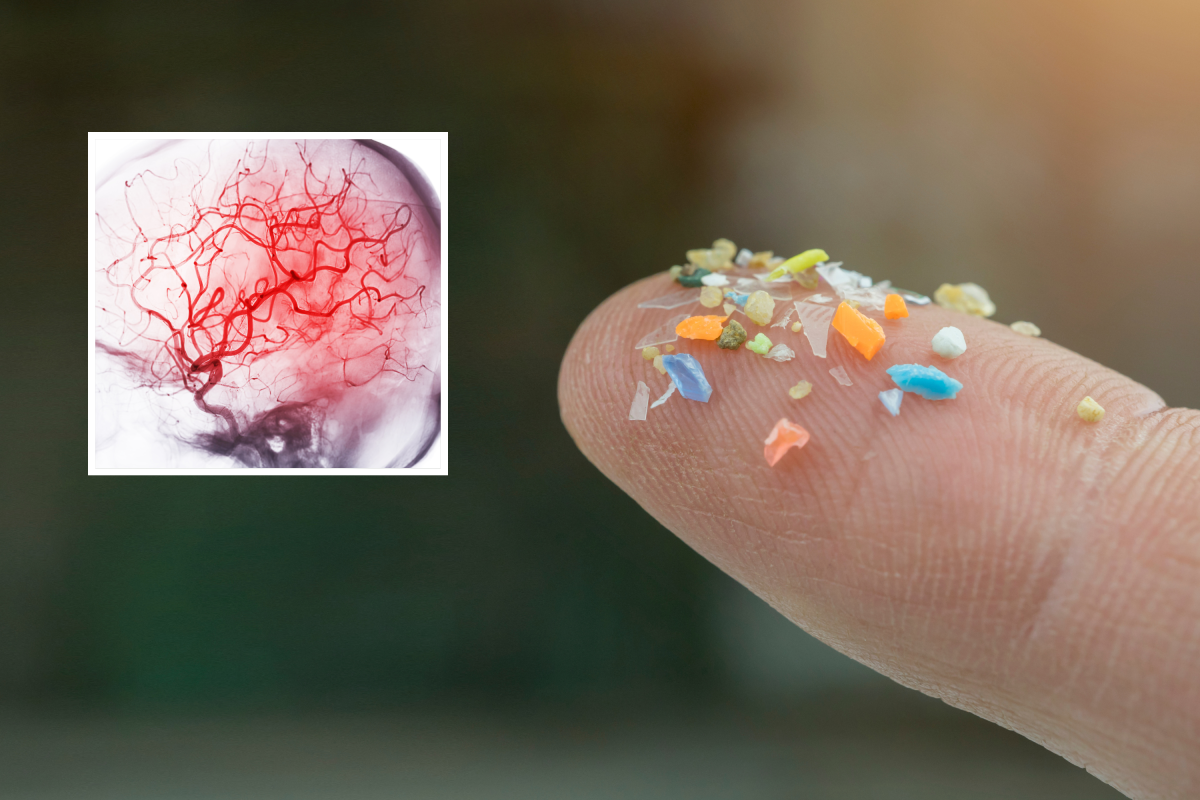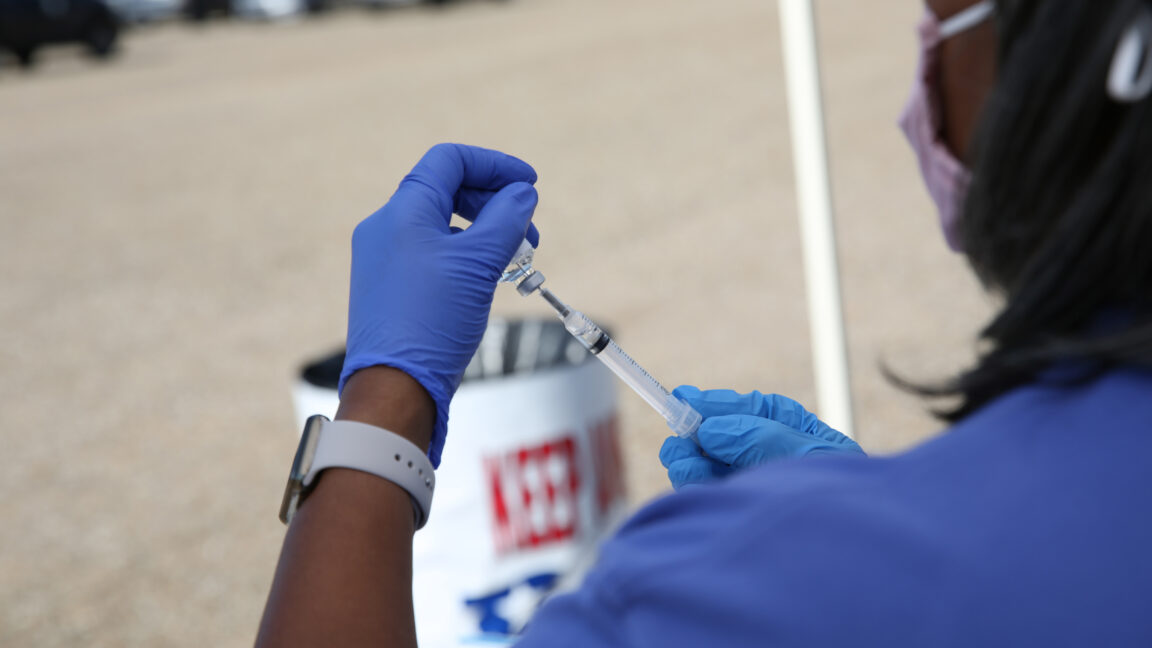Microplastics May Block Blood Flow in the Brain

Microplastics in the bloodstream may cause blockages the brain and affect our brain functioning and behavior, according to recent research.
Environmental biologists tested the effects of microplastics on the brains of young male mice, taking pictures of the blood vessels in their brains and observing their behavior.
They found a new way in which microplastics may disrupt blood vessels and brain health, without crossing from the bloodstream to the brain.
Microplastics are tiny particles of plastic, that break off larger pieces, as plastic items degrade.
Widely recognized as significant environmental pollutants, they have increasingly been investigated as a potential health risk.
Microplastics can enter our bodies if we breathe them in, eat them or otherwise come into contact with them. Once in our bodies, some microplastics may enter our bloodstream and then travel around to different organs.
Previous studies have shown they may interact with our hormones, or enter our cells and disrupt our DNA, potentially increasing the risk of certain cancers—especially when they're very tiny pieces of plastic, called nanoplastics.
These nanoplastics have been linked to brain disorders and inflammation, as well as cancer risk, but scientists are still trying to work out what microplastics—slightly larger, but still tiny, pieces of plastic—might do.










